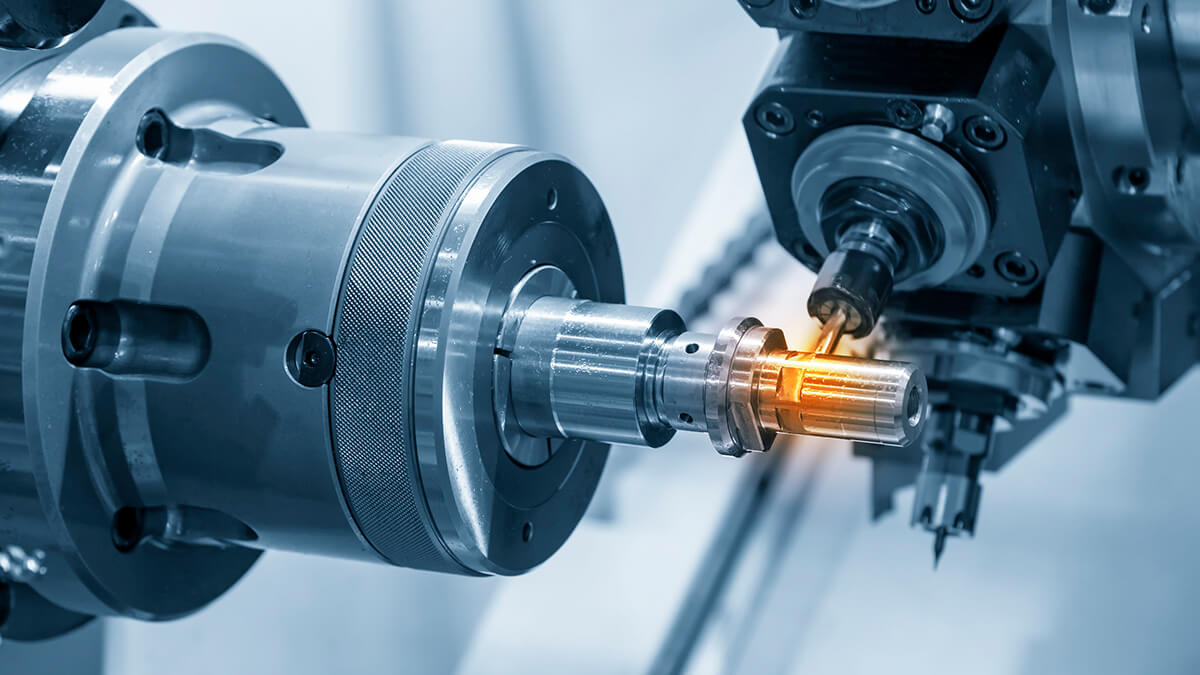No manufacturer wants their production machinery to break down. Preventive maintenance is designed to avoid expensive interruptions to operations. However, some failures can’t be avoided.
When a machine does break down, having the right spare part in the factory store can enable a much more rapid repair, but this goes against the principle of keeping inventory as small as possible. There is a trade-off between reducing the cost involved in a large inventory of spare parts and the cost of production stoppages. Waiting long periods of time for a spare part to arrive can be very expensive if production is stopped.
Manufacturers need a systematic way of determining which spare parts for production machinery to keep in stock. This must include determining the likelihood of each part failing as well as how the failure of the part would affect production. This combination of the likelihood and the effect is known as the criticality of the part. A Critical Spares Review is a systematic way of performing the trade-off analysis between criticality and the cost of inventory.
Considering this problem from first principles, each spare part could be considered individually. Multiplying the cost of an event by its likelihood gives an expected cost. The cost of a part breaking can be estimated based on the impact on production and time required to replace it. Multiplying this by the probability of the part failing gives the expected cost of the part failing for a given period of time. If the cost is higher than the inventory cost for the part, then it should be kept in stock. If the costs and probabilities can be accurately assessed for every part, this approach will give a definitive answer as to whether or not you should stock the part. However, in reality, it’s not easy to assess the costs involved in waiting for the spare part or probability of the part failing. When you consider that a production system might have many thousands of spare parts that could potentially be stocked, it becomes clear that this approach may not be practical. Methods of estimating the criticality of parts and making judgment calls are therefore required.
The COVID-19 outbreak has touched nearly all aspects of life, impacting the corporate, community, and psychological well-being. No doubt these are challenging times, and navigating a business climate that shifts on a daily basis requires strong leadership and foresight.
Impacts on Manufacturing
In the world of manufacturing, some machine shops are finding opportunities to serve by producing much-needed personal protective equipment. Their achievements are inspiring, often involving the complete transformation of production processes in impressively short time frames.
From a market perspective, a look at historical data reveals that capacity utilization in shops could potentially decline in the months ahead. Manufacturing tends to go through up and down cycles, and it can be instructive to look at practices that have been employed during previous slow periods.
Time to Optimize Machine Tools
Machine shops often take advantage of a lull in business to perform preventive maintenance procedures. This ensures that machine tools are in peak condition and ready to ramp up quickly when the recovery begins. This is also a great way to keep employees – one of the shop’s most valuable assets – working productively when all the parts have been cut.
There are also opportunities to review the overall operations and efficiency of the business. Is it time to consider automation? Perhaps a 4th axis, an option like a bar feeder or parts catcher, or probing to optimize efficiency. Another potential project could be adding an option that was overlooked at the point of sale, such as extra program storage or cycle time reduction technologies. One can also consider more typical preventive services, as outlined below.
Preventive Maintenance and Recertifications
A slow period can be the perfect time to:
- Perform preventive maintenance procedures, such as those outlined in this PM checklist.
- Do a coolant flush, including a fluid check/replacement and overall health check.
- Consider a geometrical alignment of the machine tool to bring it back to factory specifications.
Parts that will need particular consideration are those which are rarely required but significantly affect production when they do fail, fail at unpredictable times, have significant value, and have long lead times. Critical spares that are required regularly and have a relatively low value can be easily managed using statistical inventory analysis. Traditional inventory management best practices would identify a stock that has not moved in two or three years as being obsolete. However, for certain critical spares that may fail unpredictably after long time periods, it may be necessary to stock replacement parts for much longer time periods than. A critical spares review provides a method of demonstrating that this will result in lower overall costs to the organization.
Machine shops have been extremely busy for some time now, and it’s possible maintenance services have been given lower priority. For those who experience downtime due to the COVID outbreak, this may be a good opportunity to ensure the productivity and longevity of machine tools.














.jpg)